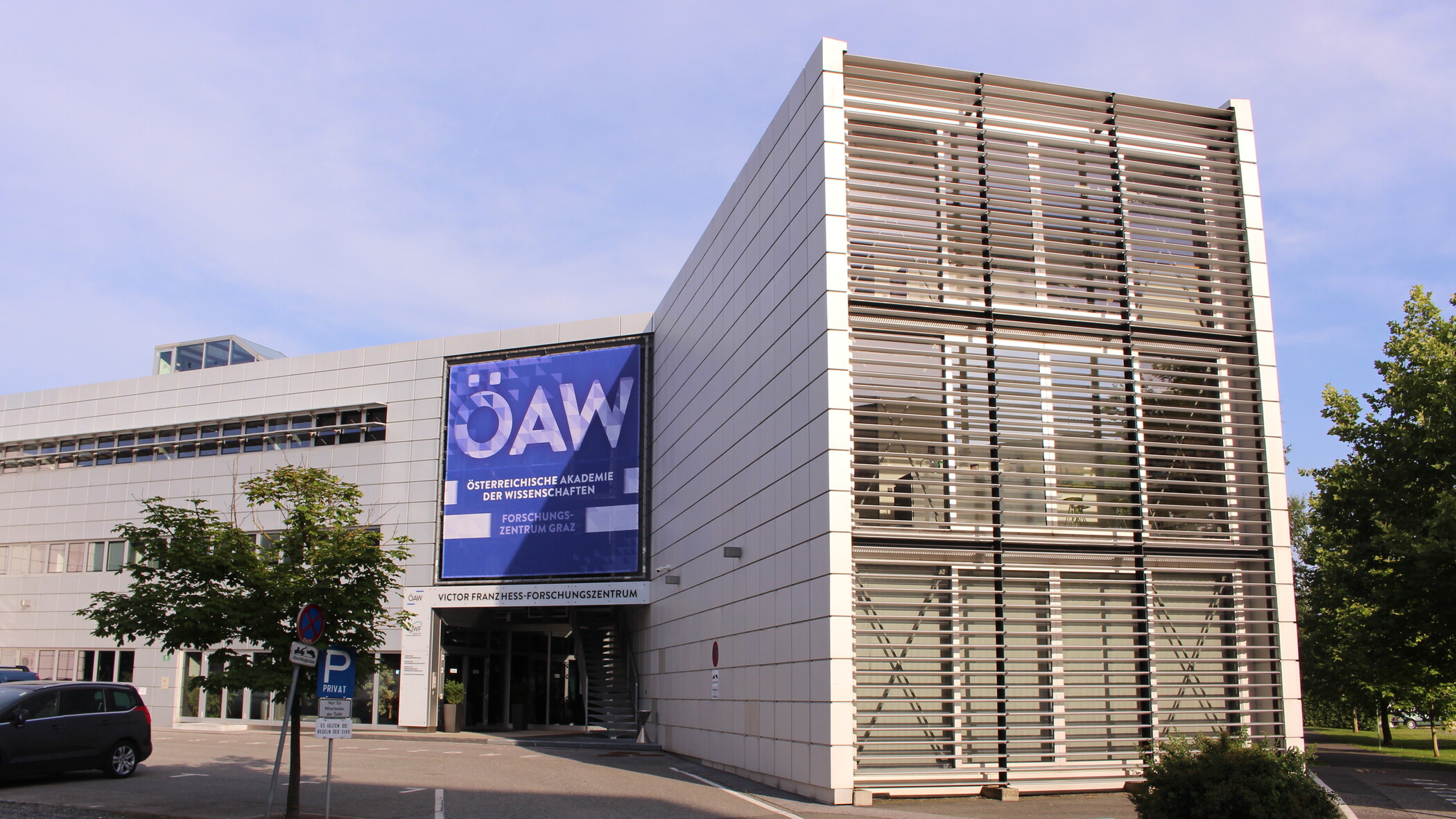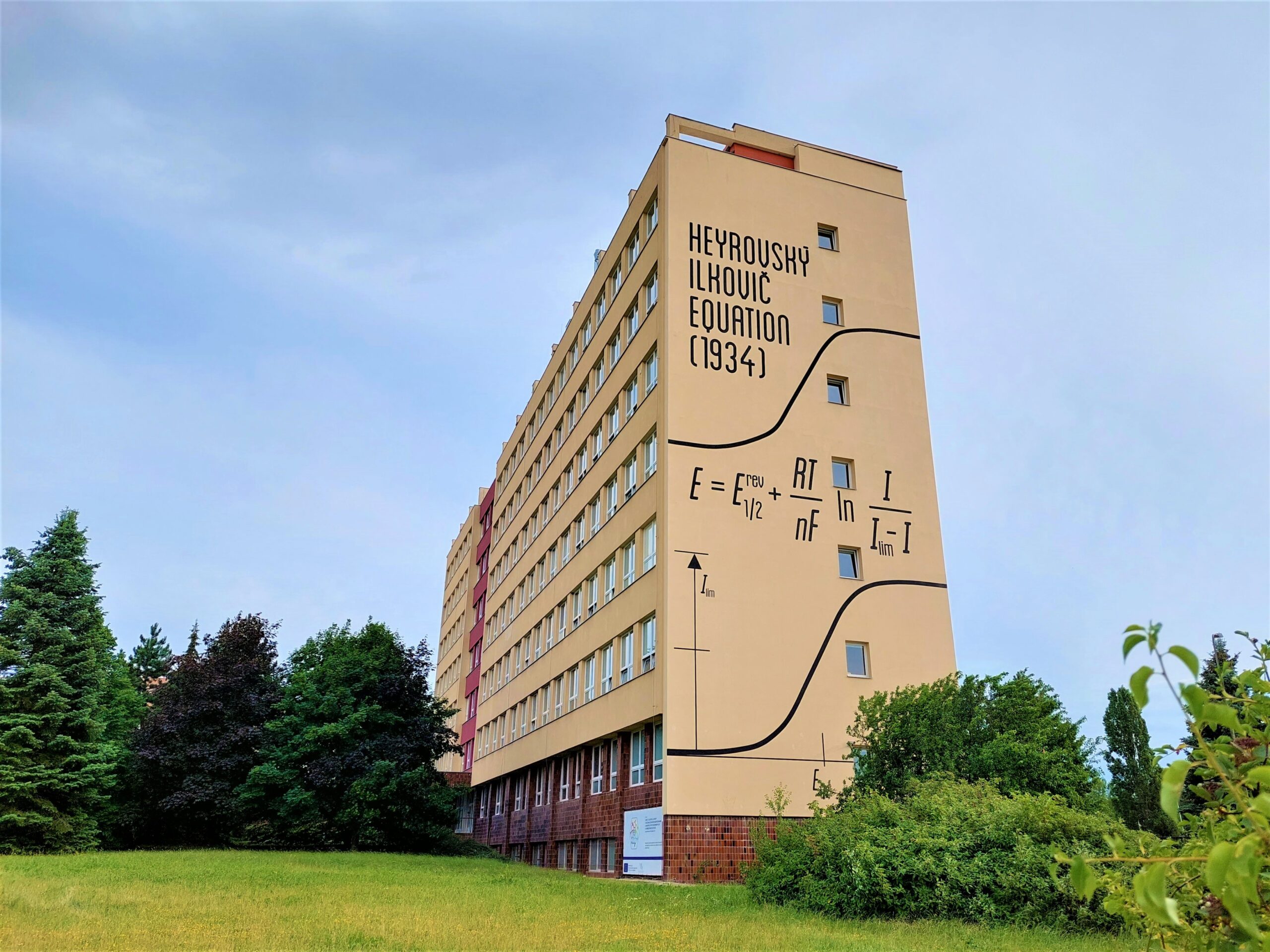 Space Research Institute, Austrian Academy of Sciences, Graz, Austria (IWF-OeAW) Space Research Institute, Austrian Academy of Sciences, Graz, Austria (IWF-OeAW)The Space Research Institute (Institut für Weltraumforschung, IWF) focuses on the physics of our solar system and the diversity of exoplanets. With about 100 staff members from 20 nations, it is one of the largest institutes of the Austrian Academy of Sciences (Österreichische Akademie der Wissenschaften, OeAW). The institute is located in the Victor Franz Hess Research Center of the OeAW in the south of Graz. At the Lustbühel Observatory, it operates a satellite laser ranging station, one of the best in the world. The IWF is the only institute in Austria that develops and builds space-qualified instruments on a large scale. The data returned by them are scientifically analyzed and physically interpreted at the institute. IWF’s core engineering expertise is in building magnetometers and onboard computers, as well as in laser ranging to satellites and space debris. In terms of science, the IWF concentrates on dynamic processes in space plasma physics and the upper atmospheres of planets and exoplanets – i.e. planets outside our solar system. Since the beginning of the 1980s, the IWF has contributed/is contributing to more than 40 international space missions with over 100 scientific instruments. The institute is currently involved in 24 projects led by ESA, NASA, or national space agencies in Japan, Russia, China, and South Korea. The missions cover fleets of satellites in near-Earth space, the observation of the Sun, and the exploration of planets such as Venus (i.e., Venus Express whose data will be reanalyzed in VeReDo) Mercury, Jupiter, and extrasolar planets. |
 Department of Spectroscopy, J. Heyrovský Institute of Physical Chemistry (JHI-CZ) The J. Heyrovský Institute of Physical Chemistry honors the scientific legacy of Nobel laureate Professor Jaroslav Heyrovský through pioneering research in physical chemistry. As part of the Czech Academy of Sciences, the institute continues a tradition of scientific excellence dating back to 1784, when the Royal Bohemian Society of Sciences was founded. With over 200 scientists, from early-career researchers to leading experts, we conduct cutting-edge fundamental and applied research spanning energy production and storage, industrial catalysis, healthcare, astrochemistry and space technologies, material chemistry, and environmental protection. Within the VeReDo project, the Department of Spectroscopy represents the Czech contribution. As a leading national center for applied and fundamental spectroscopic research, it focuses on the development of in situ and remote sensing spectral detectors, gas-phase sensors, high-tech solid-state materials, and novel analytical techniques. Its flagship research includes astrochemistry, astrophysics, planetary chemical evolution, and high-energy chemistry and physics, leveraging some of the most powerful high-power laser facilities in the world. The department plays a key role in the broad application of spectroscopic techniques in laboratory astrochemistry and astrophysics, including exoplanet studies, meteor plasma observations, laboratory simulations, and plasma-driven chemistry. It actively contributes to space missions such as ARIEL, SLAVIA, and EnVision, while also advancing space technologies for in situ and remote sensing. The department’s R&D portfolio includes laser and photoacoustic spectrometers, gas sensors, single oxygen generation, light converters, hyperspectral sensors, laser ablation systems, and molecular spectra for astronomical databases, pushing the boundaries of modern spectroscopy and space exploration. |
| Cavendish Laboratory, Department of Physics, University of Cambridge, Cambridge, UK text |
